帕劳金币2009年4枚套(仿古罗马金币)
品名:帕劳2009年复古复刻版经典古罗马纪念小金币
数量:4枚
面值:1帕劳元
材质:9999金(0.5克/11.8毫米)
发行量:15000
年份:2009
简介:以古罗马金币为原型,再现古代经典,分别为奥古斯都大帝,盖乌斯·尤利乌斯·恺撒,布鲁图和Germanicus。背景资料:位于亚平宁半岛的古罗马,曾有灿烂的文化和发达的商业。其钱币品种和中国一样,极为丰富多彩,成为西方货币史上的重要一页。现今出土和传世的古罗马钱币大致可分为两个阶段。第一阶段在公元前6世纪到公元前1世纪之间的罗马共和国时期。公元前30年,屋大维建立罗马帝国,到公元306年,君士坦丁大帝继位,迁都到东部战略要地拜占庭,改名君士坦丁堡。其间长达三百年,是古罗马钱币史上的第二阶段。
西方钱币学上一般将公元前六世纪到公元前三世纪所发行的钱币都称为古罗马币;而迁都以后则称为拜占庭钱币(当然,各家的分段也不一定相同)。本文着重介绍前一部分,即古罗马钱币。仿古金币。
带证书
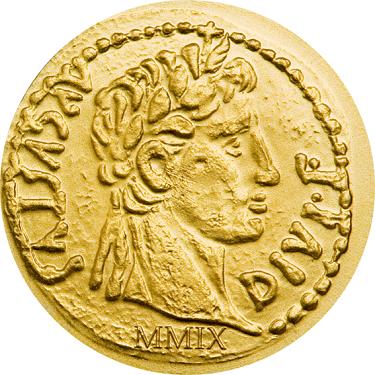
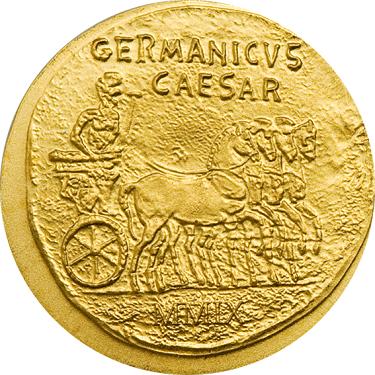
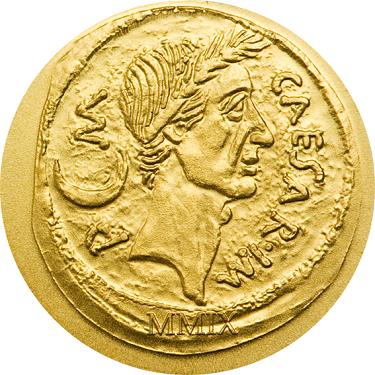
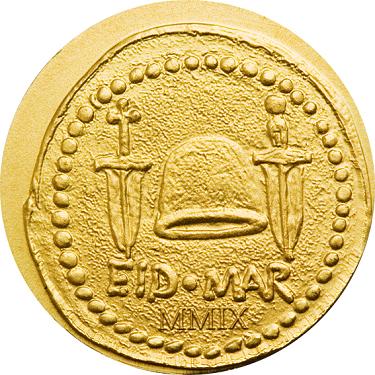
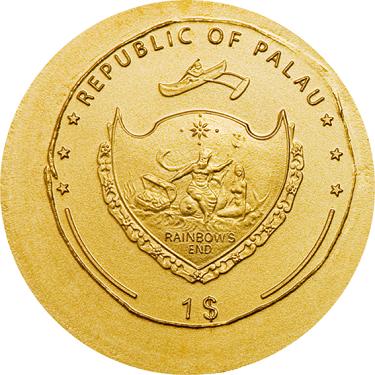
Coins of the Roman Empire
It is a childhood dream: Holding our fathers hand we stumble through the Roman Forum and then suddenly find a real ancient Roman coin. Exactly these dreams arouse the fascination for collecting in general and in particular the Roman numismatics. Silver coins which originate from the Roman period are offered in coin trade exhibitions in great numbers and at very diverse price ranges. The Roman gold coins are however very scarce and are mostly found in museums and private collections.
1. An Aureus with an image of the Emperor Augustus (63 BC – 14 AD) along with the inscription AUGUSTUS DIVI F. (Augustus, son of the Gods). Led by Augustus, exactly 2000 years ago, the memorable Battle of Varus took place by which the Germanic tribes led by Arminius mbushed and destroyed three Roman legions.
2. A Dupondius with an image of General Germanicus (15 BC – 19 AD), who inspected the battlefield in Teutoburg Forest in the year 14 and during his crusade with the Germanic tribes, recovered two of the three legions’ eagles, which were lost in the Battle of Teutoburg Forest and brought them back to Rome.
3. A Denarius from Gajus Julius Caesar with the inscription CAESAR IM P M (Caesar Imperator, Pontifex Maximus). Julius Caesar (100 BC – 44 BC) who ended the Roman Republic while making himself a dictator for lifetime. Subsequently he was murdered by a group of senators around Marcus Brutus.
4. The famous Denarius from Brutus minted in memory of the assassination on Caesar. The coin depicts two daggers and a liberty cap, along with the inscription EID MAR. This stands for „Eidibus Martiis“ or „the Ides of March“, thus the date of Caesars assassination in the year 44 BC. Only about 60 of these silver coins still exist. At auctions they are sold for partly over 100’000 Dollars. | 




